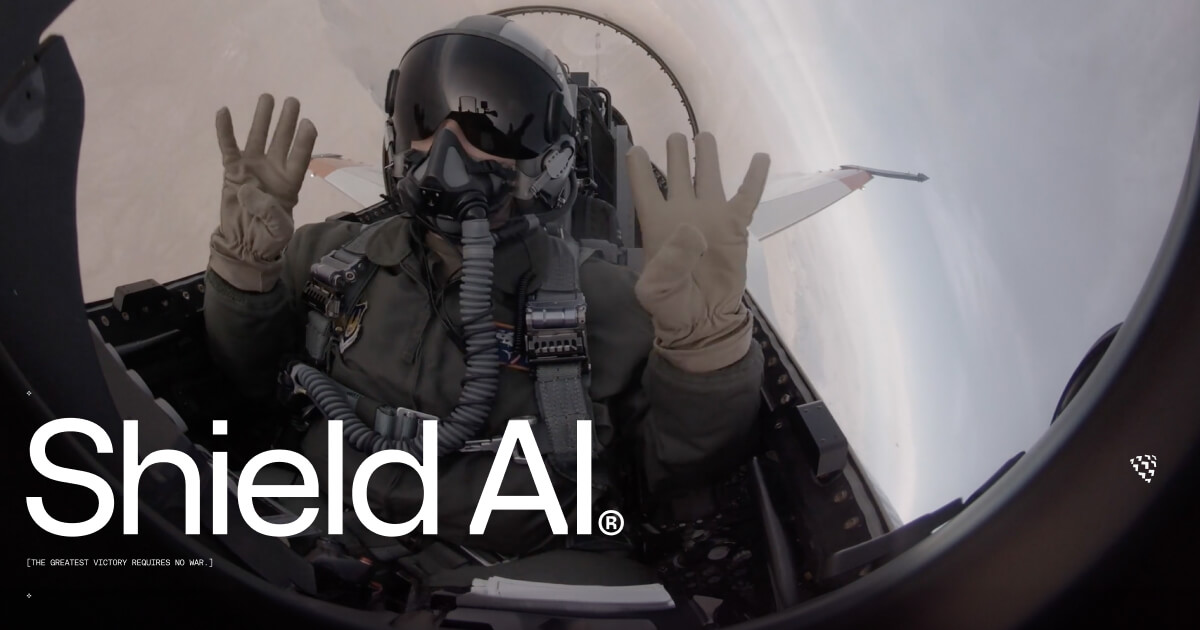
Shield AI envisions a future where intelligent autonomous systems transform military operations to safeguard lives and enhance global security. By harnessing advanced artificial intelligence, we strive to build machines capable of independently navigating the most complex and hostile environments, reducing the need for human presence in harm's way.
Our commitment is to drive a paradigm shift in defense technology with innovations in AI pilot software, autonomous drone platforms, and developer tools that accelerate the creation and deployment of resilient systems. We are crafting a world where AI empowers decision-making and mission success in environments where traditional technology reaches its limits.
Through relentless pursuit of autonomy and intelligence at the edge, Shield AI is laying the foundation for a safer, smarter future in aerospace and defense, where precision and speed in critical operations redefine what is possible for military and allied forces globally.
Our Review
When we first learned about Shield AI, we'll admit we were skeptical. Another defense tech startup promising AI breakthroughs? But after digging into their story and technology, we came away genuinely impressed by what they've built.
This isn't your typical Silicon Valley company that happened to stumble into defense. Shield AI was born from real battlefield experience—specifically, former Navy SEAL Brandon Tseng's harrowing encounters in Afghanistan where poor reconnaissance led to unnecessary casualties.
What Makes Their AI Actually Different
Most AI-powered drones still need constant human oversight and GPS connectivity. Shield AI's Hivemind software breaks that mold completely. We're talking about an AI pilot that can navigate GPS-denied environments, make split-second tactical decisions, and even engage in autonomous dogfighting with F-16s.
The technology has proven itself in real combat scenarios. Their Nova drone became the first AI-powered unmanned system deployed for defense purposes in U.S. military history. That's not just a marketing claim—it's operational reality.
The Platform Play That Caught Our Attention
Here's where Shield AI gets really clever: they're not just building drones. Their Hivemind software is aircraft-agnostic, meaning it can turn almost any aircraft into an autonomous system. Think of it as the iOS for military aviation.
This approach has allowed them to rapidly scale across different platforms—from tiny quadcopters doing indoor reconnaissance to full-sized fighter jets. We've seen companies try similar strategies, but few execute it this effectively.
Why We Think They're Winning
The numbers tell a compelling story. Going from a $100,000 friends-and-family round to a billion-dollar valuation in six years doesn't happen by accident. But what really impressed us was their customer validation—contracts with U.S. Special Operations Command, Air Force, and allied militaries speak volumes.
Their recent demonstrations of multi-ship autonomous formations and advanced combat maneuvers suggest they're not just keeping pace with the competition—they're setting it. For defense contractors and military organizations looking for proven AI autonomy, Shield AI has built something genuinely differentiated in a crowded market.
AI-powered autonomous flight system for military aircraft
Hivemind AI pilot software for complex missions without human intervention
Indoor and long-endurance reconnaissance drones
Developer platform for rapid autonomous system deployment
Operating system for autonomous robotics with high reliability
FAQs
Embedded Engineering Spring 2026 Co-Op (Boston, MA)

Embedded Engineering Spring 2026 Co-Op (Dallas, TX)

Business Development Manager, South Korea

Engineering Manager, CI, Build and Packaging (R3884)

Engineering Manager, Field Applications Engineering

Manager, Autonomy Applications Engineering (R3841)

Manager, Autonomy Applications Engineering (R3722)

Principal Operations Analyst (R3745)

Flight Test Engineering Manager

Country Manager, Benelux (3739)



Business Development Manager, Central Europe (R3715)

Business Development Manager, Southern Europe (R3703)











